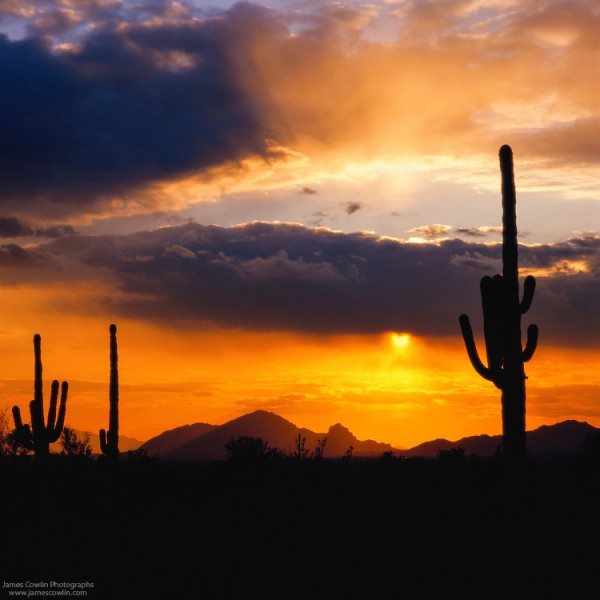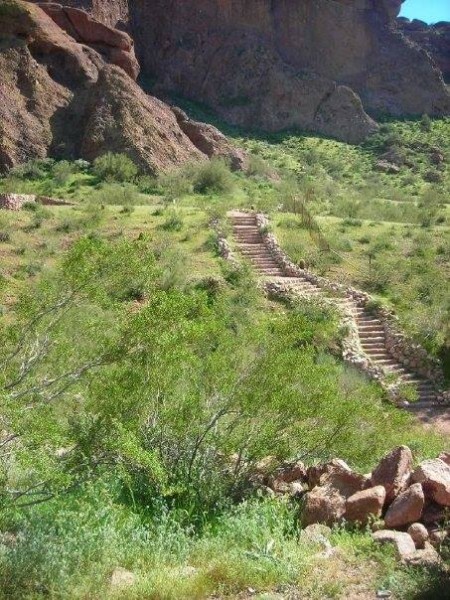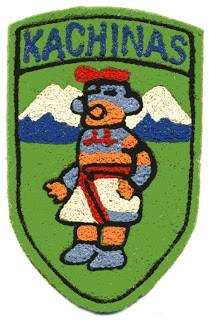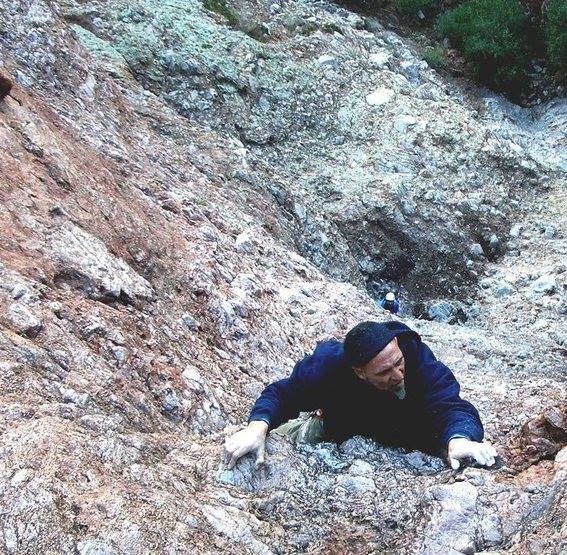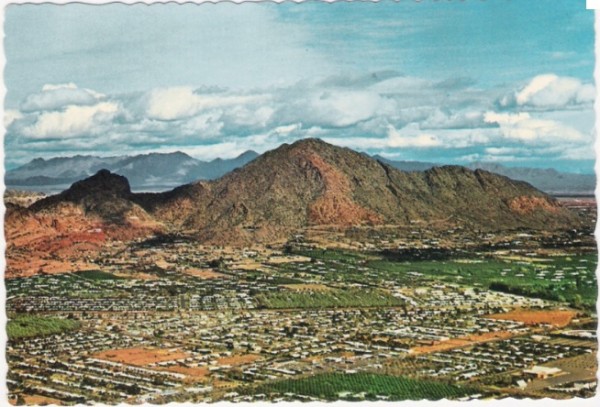|
Trip Report
My Favorite Phoenix 5.10
Spice Box - 5.10b Camelback Mountain - The Headwall Itís hard to deny that Camelback Mountain could be one of the most well known peaks in the United States. Not for itís grand summit, remarkable elevation (2,704í) or breathtaking surroundings. But instead for its ease of access, unique beauty, and space on the Monopoly Here and Now edition. Parking Nightmares, Mega-Mansions, Tourists, and Tragedies. These are all things that may come to mind. A wild mountain that sees approximately 700,000 visitors a year, with a human history dating back to the 14th century. It was the Hohokam Native Americans that used to occupy Camelback as sacred ceremonial site. Now days, you will find all walks of life checking out the mountain from either the Echo Canyon Trailhead or Cholla Trail. Each trail is little over a mile with a 1000+ ft elevation gain, making for a strenuous hike, especially in the heat of the day. There is a rich history of technical rock climbing on this mountain. In the 1940s an Arizona based, Boy Scout affiliated group of climbers called the Kachinas were some of the first to test themselves on the steep faces and features of Camelback Mountain. Names such as Ben Pedrick and Dick Hart were associated with some of the earliest route development (Pedricks Chimney and the Hart Route). Later came Gary Driggs and Guy Mehl with the first ascent of the most classic route in the area, the East Face of the Praying Monk (5.7) in December 1951. Bill Forrest, Larry Trieber and the Daugherty brothers kept pushing the standards through the 60s, 70s and 80s. Followed by Marty Karabin and Manuel Rangel putting up classic lines such as 3-Star Nightmare and Black Direct in the 90s. Although many climbers consider Camelback to be a chossy petrified mud pile, most understand the classics are good and solid. Still, wearing a helmet is always recommended for both the climber and belayer. The rock is a desert sandstone laced with pebbles and cobbles of all sizes. Pull down not out and dance your way up these routes, moving delicately from hold to hold. Itís a great place to hone your skills on a ďlooseĒ type of rock. Of all the good routes at this historic climbing area, one of my favorites is Spice Box. Rated 5.10b, this route is technically 3 pitches and about 225 feet of climbing with the meat of the route all on the second pitch. Approach pitch 1 climbs up low angle jugs to a ledge. Pitch two climbs up a black water streak past 12 bolts with fun, gymnastic movement on solid rock. Well protected and consistent climbing makes this a great lead for solid 5.10 climbers as well as those pushing into the grade. Pitch 3 will get you higher up the headwall and past a few bolts. Overall, this route is worth the parking struggles, the crowded trail and heat of the sun. Many would agree this could be one of the best routes on the mountain. Donít believe all the slander, and judge Camelback for yourself. Climb the classics, climb the historic Kachina routes, enjoy the beautiful sunsets. Bring a crashpad and spend the day bouldering or practice your aid climbing on one of the old bolt ladders. If youíre climbing Spice Box also check out the other Headwall routes Donamatrix (5.8+), Rain of Terror (5.8) and Sleazy Street (5.6). Be ready for questions from tourists, bring lots of water and please watch for BEES! Respect the park hours and the private property nearby. Do your best to pick up trash, even if itís not yours. With that, I am going to wrap up My Phoenix Favorites. It has been an absolute pleasure to share this with you all and I look forward to writing more. Get out there, have fun, be safe, and climb hard! Until next time... Thank you. -Ryan Myers
Comments
|
Recent Trip Reports
|
